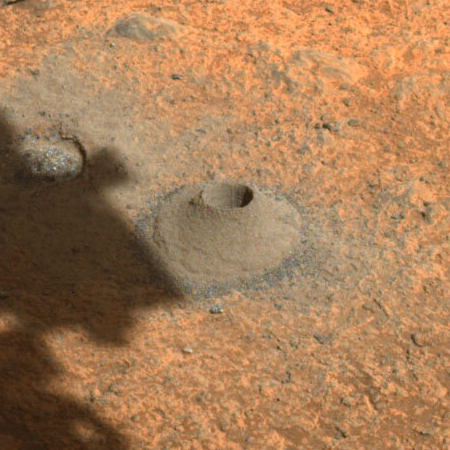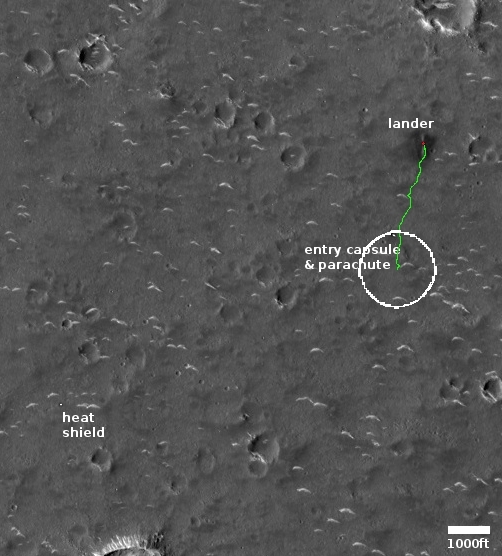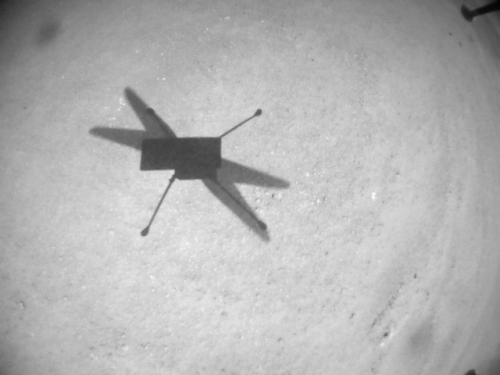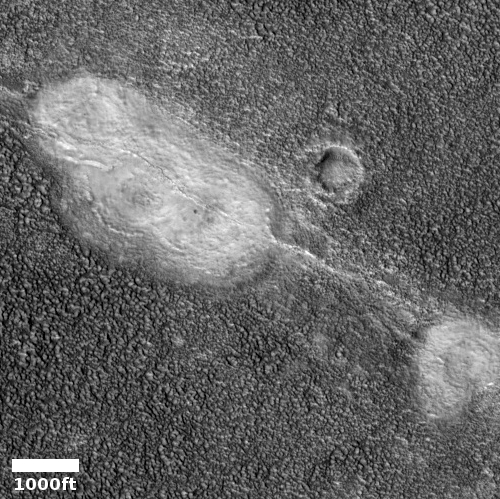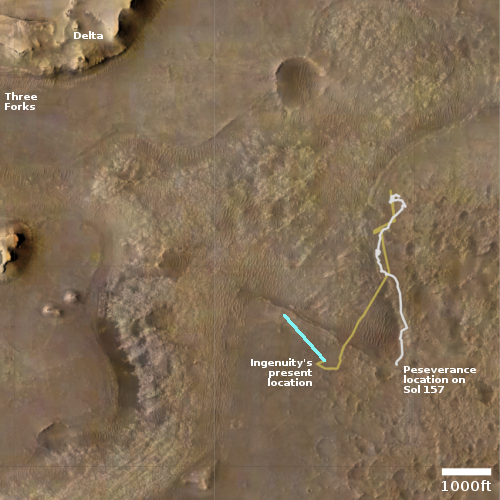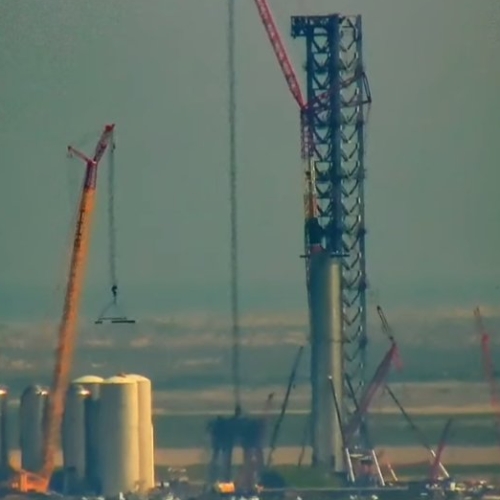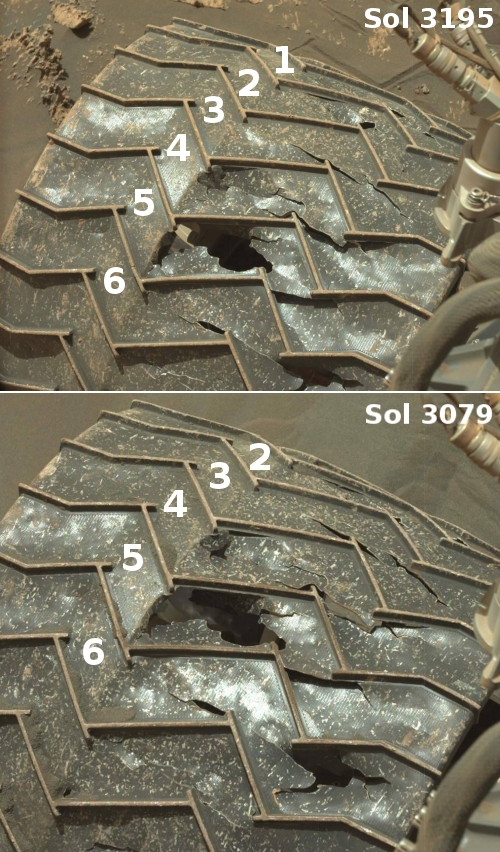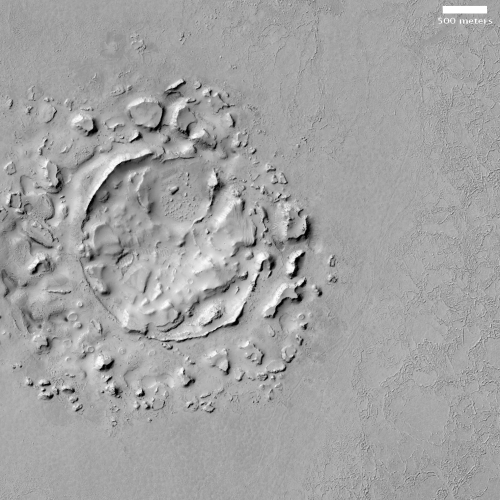Hawaiian TMT protesters found not guilty of obstructing the road they obstructed
The law for thee but not for me: An Hawaiian judge has ruled that the protesters of the Thirty Meter Telesecope (TMT) who had obstructed the access road to the top of Mauna Kea are not guilty of obstructing that road.
[I]n announcing her verdict, the judge noted that during the trial, officials testified that the access road was closed and there were no permits issued for oversized vehicles. “Evidence that Mauna Kea access road was closed or restricted to the public, coupled with no permits, equals no obstruction,” Laubach said. “There would be no unreasonable inconvenience or hazard.”
The state failed to meet its burden beyond a reasonable doubt, she said.
This ruling is a joke. The reason the officials closed the road was because the protesters were there. The officials did not want anyone hurt by the oversized trucks that had legal permission to drive through carrying TMT construction equipment.
Such a ruling however is not a surprise. From top to bottom Hawaii’s government in controlled by the Democratic Party. The judge almost certainly was a Democrat. The Democrats favor the bigoted anti-white and anti-technology agenda of the protesters, and have gone out of their way to help them in their protests.
In general, protesters for Democratic Party causes can loot, burn, kill, obstruct traffic, and do all sorts of violent things — including physically attacking women and children in a park in Portland — and are either never arrested, quickly released on dropped charges, or found innocent.
Be a conservative and spend a dozen minutes inside the Capitol Building taking a few selfies, however, and you will find yourself imprisoned for months, with no charges brought and no sign they ever will be brought. You are guilty, and you will be punished. How dare you do anything that opposes the Democratic Party and its storm trooper thugs?
TMT is never going to be built in Hawaii. In fact, I am beginning to doubt it will ever be built anywhere. Considering the increasing difficulty that ground-based astronomy is going to have dealing with the many satellite constellations now being launched, it is very possible the support for the telescope will begin to dry up. And maybe this failure will be a signal to astronomers that they should finally begin spending their money on space-based optical telescopes.
Meanwhile, Hawaii has become a place hostile to science, to new knowledge, and even to tourism. The dark age there has come quite quickly.
The law for thee but not for me: An Hawaiian judge has ruled that the protesters of the Thirty Meter Telesecope (TMT) who had obstructed the access road to the top of Mauna Kea are not guilty of obstructing that road.
[I]n announcing her verdict, the judge noted that during the trial, officials testified that the access road was closed and there were no permits issued for oversized vehicles. “Evidence that Mauna Kea access road was closed or restricted to the public, coupled with no permits, equals no obstruction,” Laubach said. “There would be no unreasonable inconvenience or hazard.”
The state failed to meet its burden beyond a reasonable doubt, she said.
This ruling is a joke. The reason the officials closed the road was because the protesters were there. The officials did not want anyone hurt by the oversized trucks that had legal permission to drive through carrying TMT construction equipment.
Such a ruling however is not a surprise. From top to bottom Hawaii’s government in controlled by the Democratic Party. The judge almost certainly was a Democrat. The Democrats favor the bigoted anti-white and anti-technology agenda of the protesters, and have gone out of their way to help them in their protests.
In general, protesters for Democratic Party causes can loot, burn, kill, obstruct traffic, and do all sorts of violent things — including physically attacking women and children in a park in Portland — and are either never arrested, quickly released on dropped charges, or found innocent.
Be a conservative and spend a dozen minutes inside the Capitol Building taking a few selfies, however, and you will find yourself imprisoned for months, with no charges brought and no sign they ever will be brought. You are guilty, and you will be punished. How dare you do anything that opposes the Democratic Party and its storm trooper thugs?
TMT is never going to be built in Hawaii. In fact, I am beginning to doubt it will ever be built anywhere. Considering the increasing difficulty that ground-based astronomy is going to have dealing with the many satellite constellations now being launched, it is very possible the support for the telescope will begin to dry up. And maybe this failure will be a signal to astronomers that they should finally begin spending their money on space-based optical telescopes.
Meanwhile, Hawaii has become a place hostile to science, to new knowledge, and even to tourism. The dark age there has come quite quickly.

